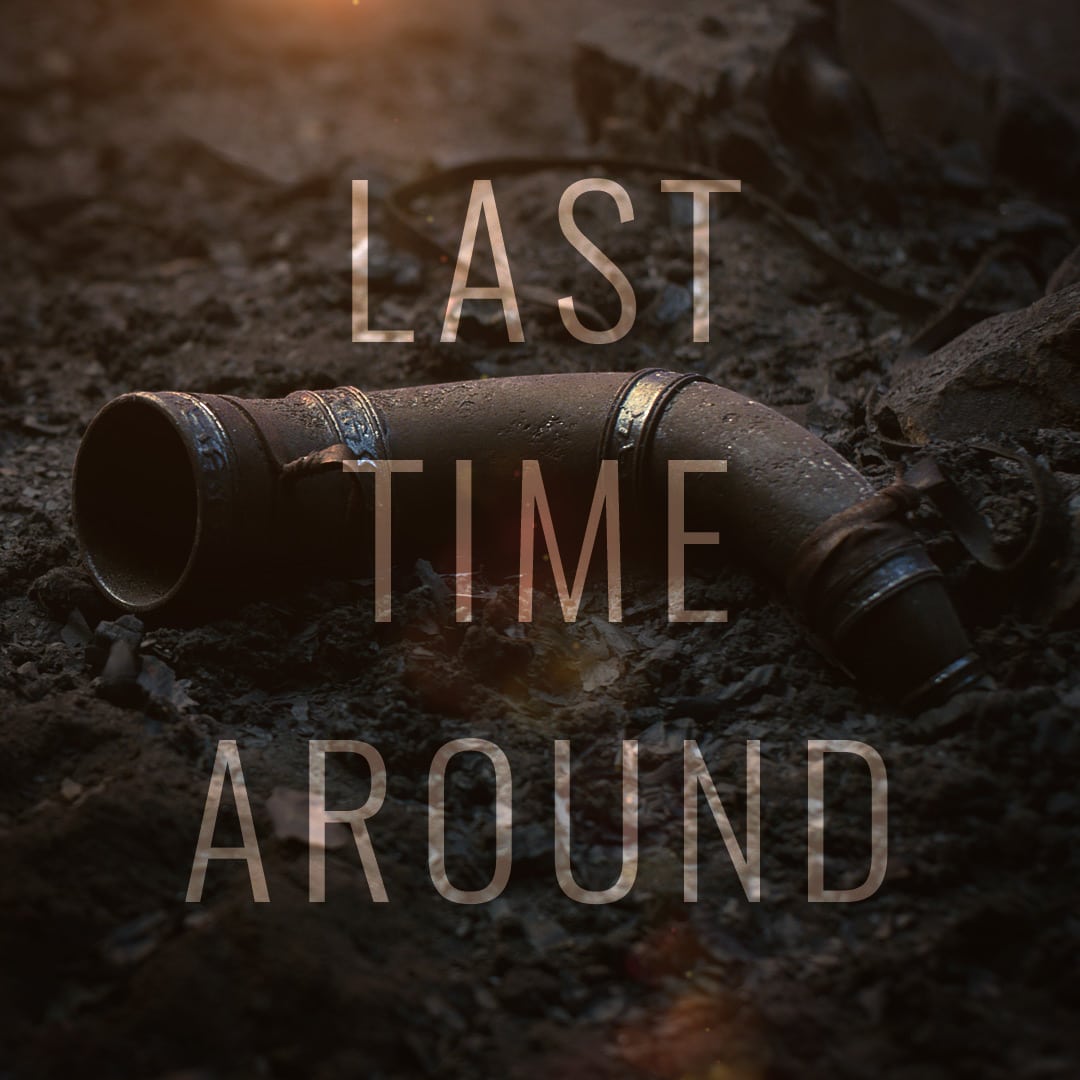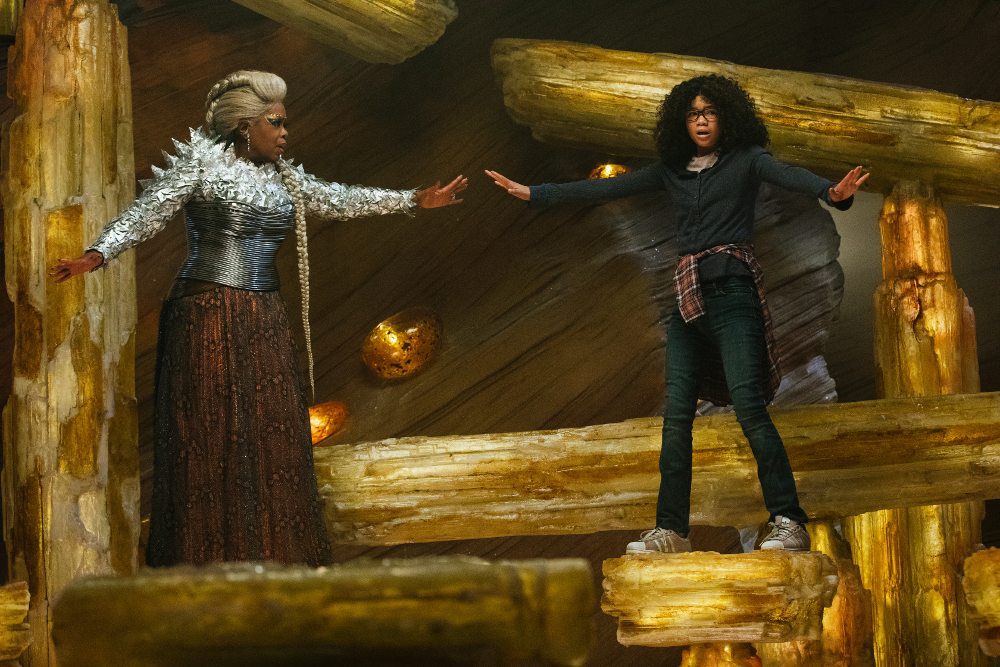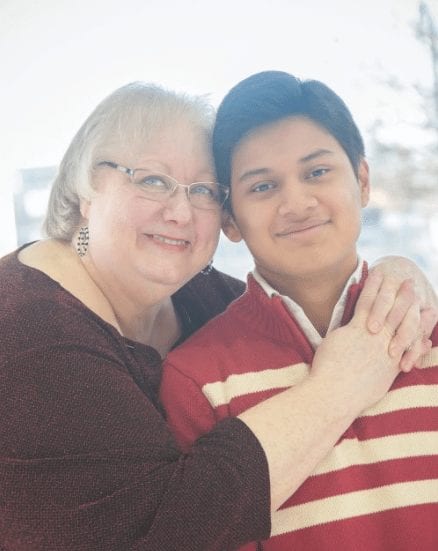
The Dark Tower Ending Explained
[there be SPOILERS ahead, may it do ya fine] yesterday i finished sai Stephen King’s The Dark Tower series – entered the clearing at the end of that path it took me right around a year, all told; i think the longest extended narrative i’ve ever read by way of a mini-review: i dug it…



